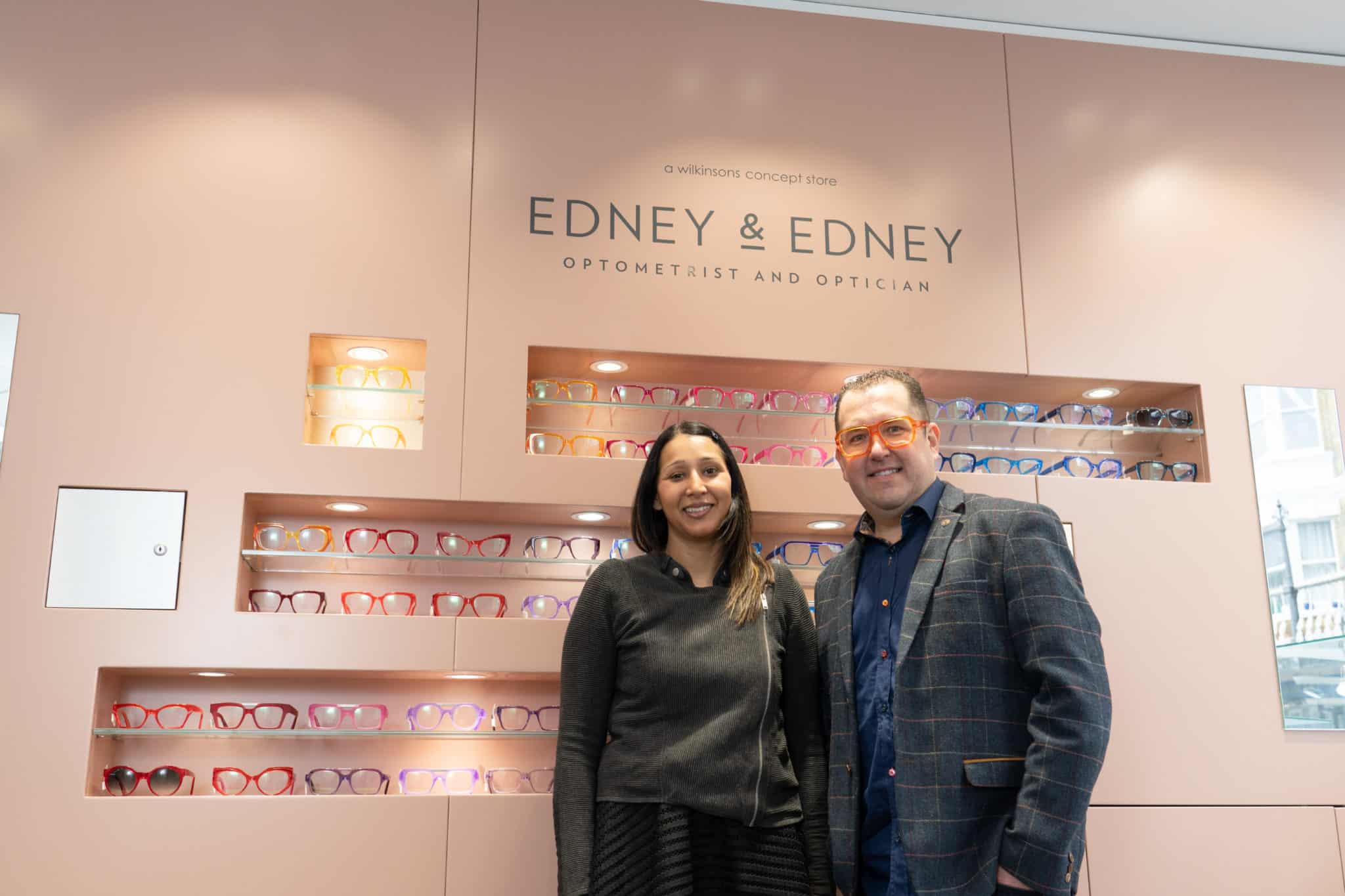This month, Jamie Edney – who runs designer eyewear boutique Edney & Edney with his optometrist wife Ayshah on Monson Road – looks at how Japanese manufacturers have become industry leaders in the design and production of specialist spectacles and shades…
Across many industries, the country of design and manufacture serves as a quality stamp, which gives a good indication of the quality and durability of a product.
Certain countries are a hallmark of excellence. The Germans have automobiles, the Swiss have watches, the Italians have fashion houses, but eyewear? Well, it’s fair to say eyewear belongs to Japan.
This month I would like to explain why Japanese manufacturers are the industry leaders for beautifully designed and phenomenally produced spectacle frames.
There are two main materials used in spectacle frame manufacture. Firstly let us look at metal. Titanium is widely accepted as the premium material for the best frames. Titanium combines exceptionally low weight with resilient durability, while also being hypoallergenic – all desirable characteristics for eyewear. Frames aside, Japan produces some the best, purest titanium in the world. In 1981, Japan was the first country to begin production of titanium spectacle frames on an industrial scale. Titanium ranges stocked at Edney & Edney include Orgreen (designed in Copenhagen) Jacques Marie Mage, Dita, Chrome Hearts (all Los Angeles) and MASAHIROMARUYAMA (Japan). Uncoincidentally, despite being designed in Europe and America, these collections are all hand made in Japan using Japanese titanium for utmost superiority.
The second material which is largely used in eyewear production is plastic. This material is rarely considered synonymous with quality – though one plant-based polymer has been produced by a culture of formidable craftsmanship in Japan for almost a century – cellulose acetate. Two neighbouring cities in Japan have a deep-rooted history with eyewear manufacture, Sabae City and Fukui City in the Fukui prefecture. This region undoubtably produces the finest available sheet acetates from wood pulp and cotton. One such acetate, Takiron acetate, is the material of choice for Jacques Marie Mage. Handmade sheets of often decades old 10mm thick cellulose acetate are meticulously selected to be the basis of JMM’s unmistakable designs. These sheets are then hand cut, sculpted, polished, assembled and adorned with beautiful gold and titanium hardware, often passing through over 100 hands over their months-long journey from concept to final product. Chrome Hearts, Jacques Marie Mage, Dita, MASAHIROMARUYAMA and Garrett Leight all proudly use acetate from the Fukui prefecture. The resultant stunning pieces of eyewear heritage are a work of art in their own right, and to refer to them as plastic frames seems like a disservice.
While we’re on the topic of superior Japanese quality, I would be remiss to not mention our equally superior lens manufacturer, Nikon. Nikon produce the finest quality varifocal and single vision spectacle lenses in the world. When combined with an aforementioned Japanese frame, the consequent pair of spectacles will deliver outstanding style, unshakeable quality and unparalleled vision.
To experience the incredible quality of these collections, come and see them in Edney & Edney on Monson Road, Tunbridge Wells.
GET IN CONTACT:








